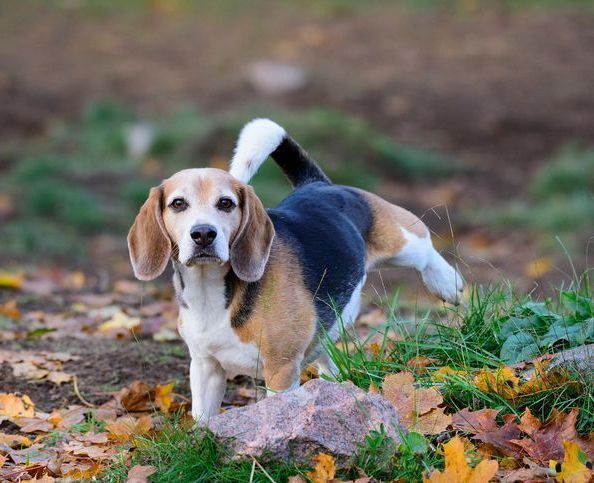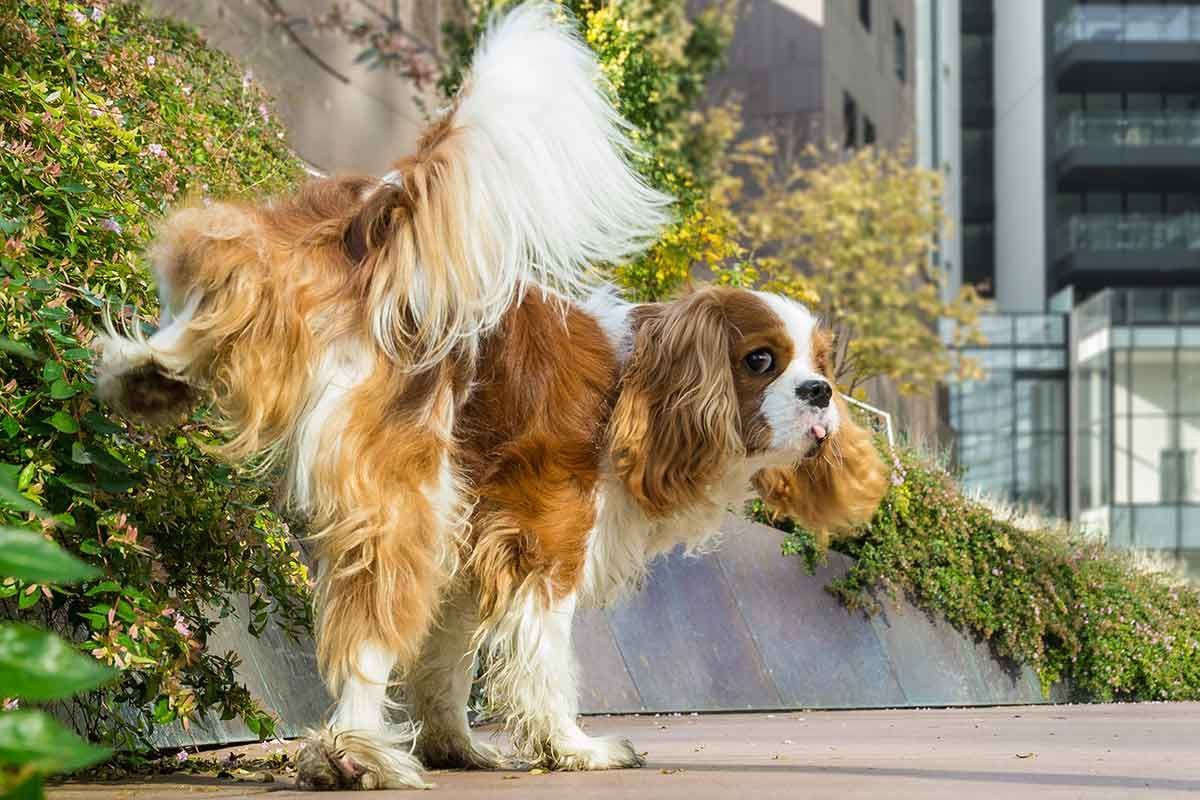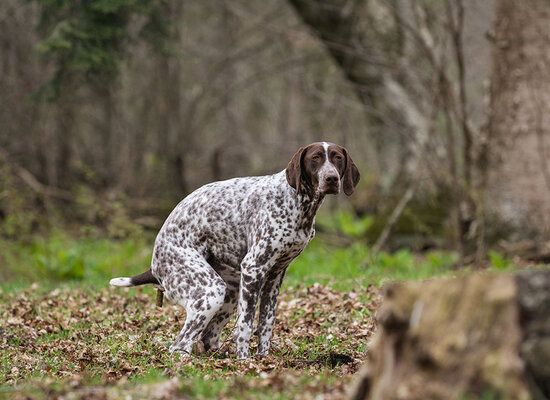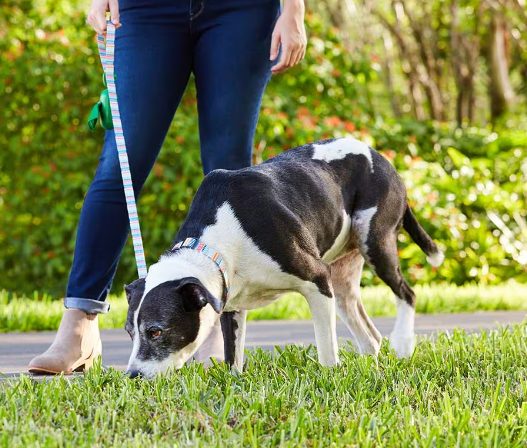A Guide From a Dog Behaviorist: Potty Training an Adult Rescue Dog
Dog Potty Training Tricks for Adult Pets
Bringing an adult rescue dog into your home is a heartwarming experience. While these dogs bring immense joy, they might also require extra attention and training, especially in areas like potty training. Whether your new friend has never been properly trained or needs to adjust to a new environment, here’s a comprehensive guide to assist you in successfully potty training your new furry family member.
Begin by establishing a consistent schedule for feeding, playtime, walks, and bathroom breaks; dogs thrive on routines, and having a set schedule will help them anticipate when it’s time for bathroom breaks, minimizing accidents inside the house. Understand their signals: observe your dog’s behavior for signs they need to go outside. Common signals include sniffing around, circling, pacing, or suddenly stopping an activity. When you notice these signs, immediately take your dog outside to their designated bathroom area.
Choose a designated bathroom spot outside where you want your dog to do their business. Use this specific area consistently, as the scent will encourage your dog to use the area repeatedly. Reward your pet with treats, praise, and affection every time they eliminate in the designated spot. Positive reinforcement helps them correlate good behavior with good results, which encourages them to repeat it.
Speak With A Dog
Training Expert
Speak With A Dog Training Expert
Thank you for contacting us!
We will contact you shortly!
Please try again later.
Dog Potty Training Tricks for When They're Already Full Grown
Bringing an adult rescue dog into your home is a heartwarming experience. While these dogs bring immense joy, they might also require extra attention and training, especially in areas like potty training. Whether your new friend has never been properly trained or needs to adjust to a new environment, here’s a comprehensive guide to assist you in successfully potty training your new furry family member.
Begin by establishing a consistent schedule for feeding, playtime, walks, and bathroom breaks; dogs thrive on routines, and having a set schedule will help them anticipate when it’s time for bathroom breaks, minimizing accidents inside the house. Understand their signals: observe your dog’s behavior for signs they need to go outside.
Speak With A Dog
Training Expert
Speak With A Dog Training Expert
Thank you for contacting us!
We will contact you shortly!
Please try again later.
Common signals include sniffing around, circling, pacing, or suddenly stopping an activity. When you notice these signs, immediately take your dog outside to their designated bathroom area.
Choose a designated bathroom spot outside where you want your dog to do their business. Use this specific area consistently, as the scent will encourage your dog to use the area repeatedly. Reward your pet with treats, praise, and affection every time they eliminate in the designated spot.
Positive reinforcement helps them correlate good behavior with good results, which encourages them to repeat it.
Use Positive Dog Training to Progress and Build Your Bond
Monitor and supervise by keeping a close eye on your dog, especially during the initial stages of training. Use a leash indoors to prevent accidents and to ensure you can quickly redirect them outside when needed. Take them outside frequently for regular potty breaks, especially after meals, playtime, waking up, and before bedtime. This proactive approach minimizes the chances of accidents inside the house.
However, accidents are inevitable during the training process. Use an enzymatic cleaner promptly and thoroughly to clean any indoor accidents. Avoid ammonia-based cleaners as they can attract dogs back to the same spot due to the similar scent. Be patient and consistent- remember, every dog learns at its own pace. Avoid punishment and remain patient after accidents because negative reinforcement may confuse and stress your dog, hindering the training process.
As your dog begins to understand the routine, gradually increase the time between bathroom breaks. However, always be attentive to their cues and adjust the schedule according to their progress. If you face persistent challenges or your dog shows signs of anxiety or distress during potty training, seek help from a professional Corpus Christi dog trainer or behaviorist; they can offer tailored advice and support. Celebrate milestones and the progress your pet achieves in potty training, even if it seems small. It’s an essential step towards building trust and strengthening the bond between you and your furry friend.
Use Positive Dog Training to Progress Learning and Build Your Bond
Monitor and supervise by keeping a close eye on your dog, especially during the initial stages of training. Use a leash indoors to prevent accidents and to ensure you can quickly redirect them outside when needed. Take them outside frequently for regular potty breaks, especially after meals, playtime, waking up, and before bedtime. This proactive approach minimizes the chances of accidents inside the house.
However, accidents are inevitable during the training process. Use an enzymatic cleaner promptly and thoroughly to clean any indoor accidents. Avoid ammonia-based cleaners as they can attract dogs back to the same spot due to the similar scent. Be patient and consistent- remember, every dog learns at its own pace. Avoid punishment and remain patient after accidents because negative reinforcement may confuse and stress your dog, hindering the training process.
As your dog begins to understand the routine, gradually increase the time between bathroom breaks. However, always be attentive to their cues and adjust the schedule according to their progress. If you face persistent challenges or your dog shows signs of anxiety or distress during potty training, seek help from a professional Corpus Christi dog trainer or behaviorist; they can offer tailored advice and support. Celebrate milestones and the progress your pet achieves in potty training, even if it seems small. It’s an essential step towards building trust and strengthening the bond between you and your furry friend.
Potty training an adult rescue dog demands time, effort, and patience. Each one has its own history and temperament, so the process can vary. Understanding their needs, establishing a routine, positive reinforcement, and consistent training are essential to successfully potty train your beloved rescue. More than just the understandable stress of potty training, this is an opportunity to create a loving, supportive environment where your new family member can thrive and feel secure in their forever home.
Potty training an adult rescue dog demands time, effort, and patience. Each one has its own history and temperament, so the process can vary. Understanding their needs, establishing a routine, positive reinforcement, and consistent training are essential to successfully potty train your beloved rescue. More than just the understandable stress of potty training, this is an opportunity to create a loving, supportive environment where your new family member can thrive and feel secure in their forever home.




